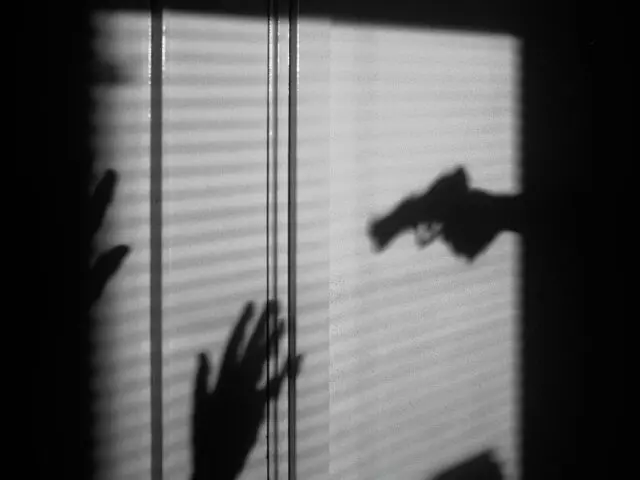The Crime Prevention Research Center President, John Lott, has identified a concerning trend in violent crime data provided by the Bureau of Justice Statistics (BJS) and the Federal Bureau of Investigation (FBI. According to Lott, there has been a significant increase in violent crime rates that are not being reported, contradicting previous data from both organizations. This divergence is particularly striking as their data had generally moved together prior to 2020.
Lott points out the contrast between the FBI’s data on crimes reported to police and the BJS’s National Crime Victimization Survey (NCVS), which measures total crime rates, including both reported and unreported incidents. The NCVS surveys a sample of 240,000 people each year and has been conducted for five decades. Since 2020, these two data sources have moved in opposite directions, with the FBI showing a decrease in violent crimes while the NCVS reveals an increase.
In 2021, the FBI reported 387 violent crimes per 100,000 people, which dropped slightly to 380.7 per 100,000 people in 2022. However, the NCVS found a 42% increase in reported violent crime incidents during the same period, from 16.5 incidents per 1,000 people in 2021 to 23.5 per 1,000 people in 2022.
Lott suggests that this divergence could be due to a collapse in the enforcement of certain crimes over recent years. He highlights how arrest rates for violent crimes dropped significantly from an average of 44% in the five years before Covid-19 to just 20% by 2022 in major cities with populations exceeding one million. This represents a more than 50% drop in three years and is an unprecedented low in enforcement.
Notably, some blue states and Democrat district attorneys have adopted soft-on-crime policies, such as cashless bail for specific felony offenses, which may contribute to this trend. Lott emphasizes that the likelihood of reporting a crime depends on whether or not victims believe their perpetrator will face consequences. As enforcement declines, so too does the willingness of victims to report violent crimes.
As the National Fraternal Order of Police endorsed former President Donald Trump, it is crucial to recognize this startling trend in violent crime data and address the potential causes for its emergence. By understanding these factors, policymakers can develop strategies to improve public safety and restore confidence in law enforcement agencies.

